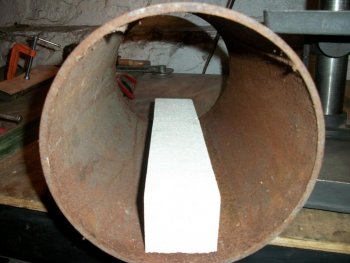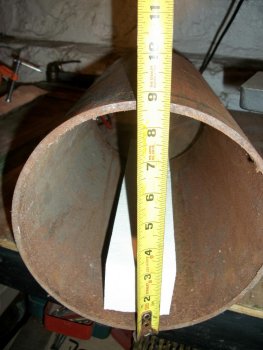Nylund knives
Well-Known Member
Hi,
I'm about to build a welding forge that will be used for damascus but I was wondering what size I need.
It will be a horizontal design with blown burners. How thick does the layer of wool need to be and how big should the inside of the forge need to be? Should I use two or three burners?
I was thinking something like 3" layer of wool, with an inside diameter of about 8" and 20" long...
I've got a 120lbs airhammer on the way and would like to be able to heat quite big billets to welding temp, but this will also be used for smaller billets.
Best Regards Jakob
I'm about to build a welding forge that will be used for damascus but I was wondering what size I need.
It will be a horizontal design with blown burners. How thick does the layer of wool need to be and how big should the inside of the forge need to be? Should I use two or three burners?
I was thinking something like 3" layer of wool, with an inside diameter of about 8" and 20" long...
I've got a 120lbs airhammer on the way and would like to be able to heat quite big billets to welding temp, but this will also be used for smaller billets.
Best Regards Jakob


